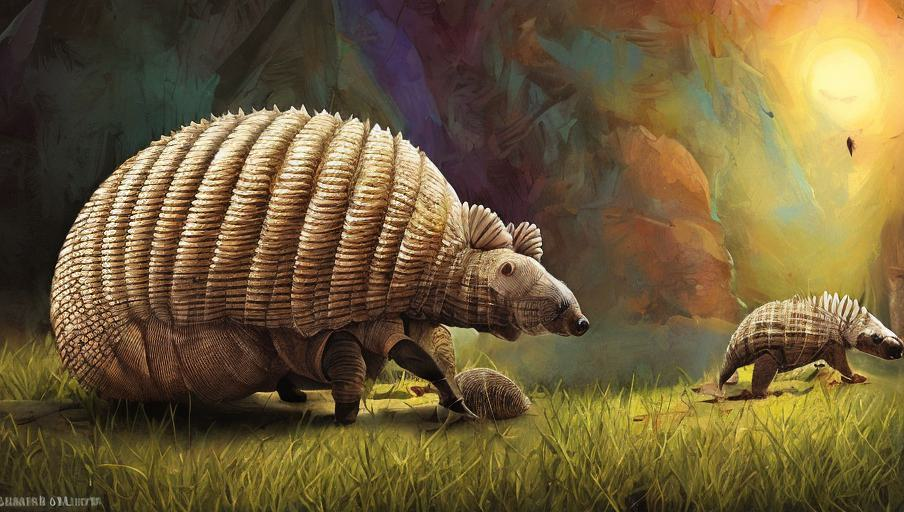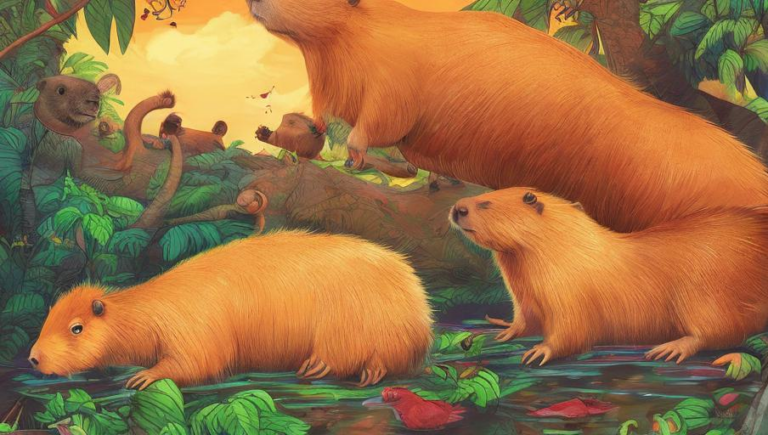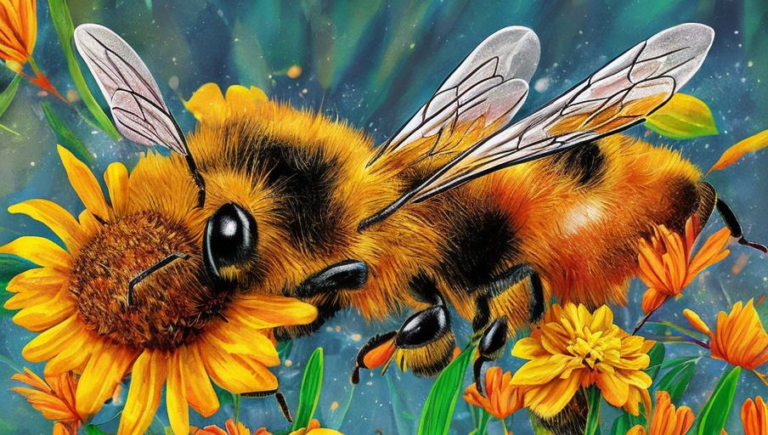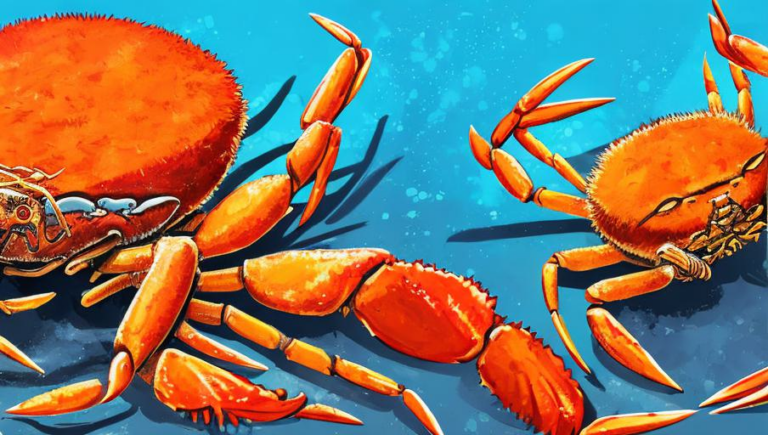Opportunistic Armadillos

Opportunistic Armadillos
The armadillo is a fascinating creature, recognizable for its hard shell which is made up of plates of keratin. It is an opportunistic mammal found mostly in the Americas, although some species have been introduced in other parts of the world. Armadillos are omnivorous, meaning they feed on both plants and animals, and they are able to survive in a wide range of habitats.
Adaptability
Armadillos are incredibly adaptable, able to make their home in almost any environment. They can be found in deserts, grasslands, forests, and even urban areas. Although they do need access to water and shade, they can survive in areas with extreme temperatures, and are able to find shelter in burrows that they dig with their long claws.
Diet
The armadillo’s diet varies depending on the species, but their primary food sources are insects, small vertebrates, and plants. They are also known to eat eggs and carrion. Armadillos are able to find food using their long, sensitive snouts, and they have the ability to smell their prey from up to 10 feet away. They also have the ability to dig quickly, making them adept hunters.
Protection
The armor-like shell of the armadillo is not only for protection from predators, but also from its environment. The shell also protects them from extreme temperatures, allowing them to survive in hotter and colder climates. The shell also provides insulation, allowing armadillos to remain cool in the summer and warm in the winter.
Reproduction
Armadillos are solitary animals, with the exception of breeding season when multiple armadillos gather in a group. During this time, the female armadillo will give birth to 4 identical babies, which are encased in a leathery egg-shaped shell. The babies are born after a gestation period of 4 months and are then able to survive on their own.
Conservation Status
Currently, armadillos are not considered to be threatened species, but they are facing increased threats due to habitat destruction and hunting. In order to protect this species, several countries have established laws to protect the armadillo’s habitat and regulate hunting. Additionally, there are several organizations dedicated to the conservation of the armadillo, such as the International Union for Conservation of Nature.
Summary
The armadillo is an incredible creature, capable of surviving in a wide range of habitats and adapting to different climates. They have an impressive sense of smell and can dig quickly to find food. The armadillo’s armor-like shell provides protection from predators and the environment, and the female armadillo gives birth to four identical offspring. Although armadillos are not yet considered threatened, conservation efforts are underway to protect this species from habitat destruction and hunting.





